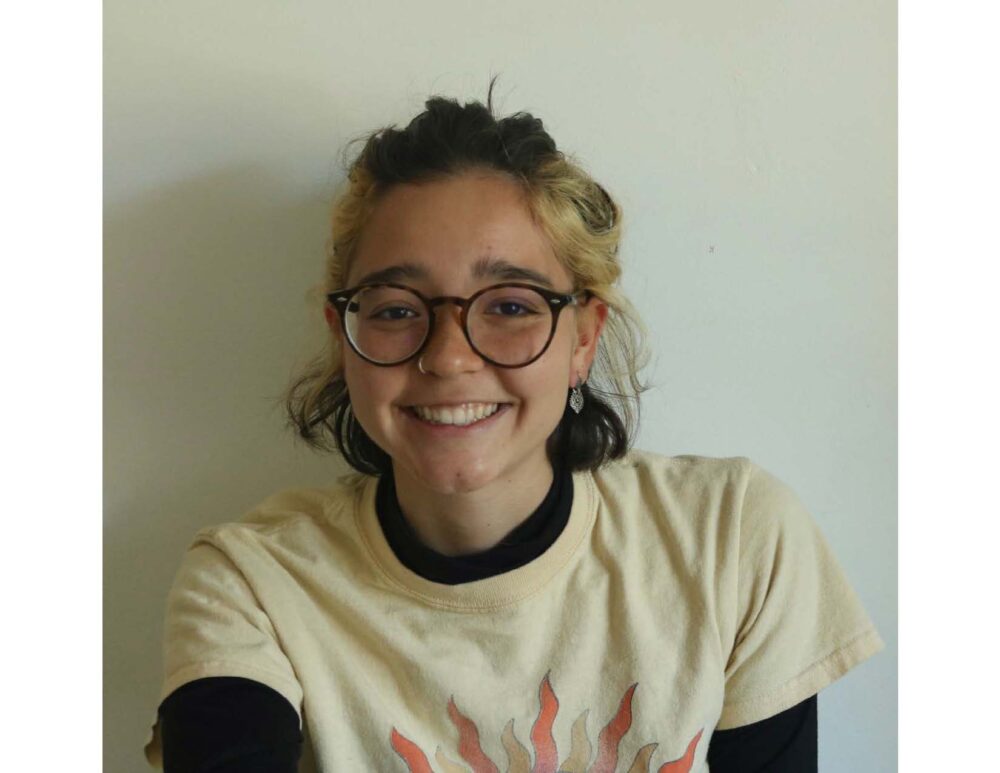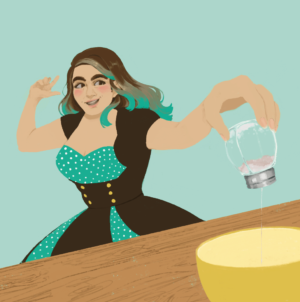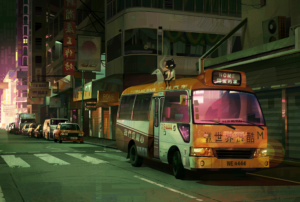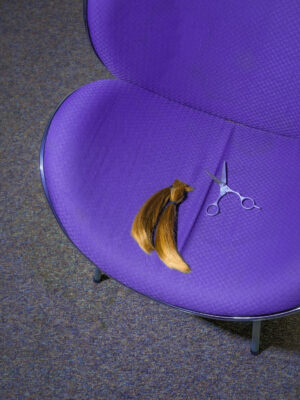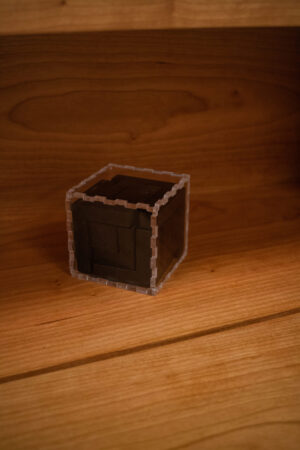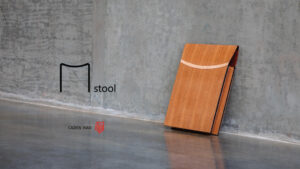What Lies Under The Ground Beneath Your Feet?
Bianca Del Rio Kodato
See it On Campus: Level 2
Visitor InfoAward Recipient
Ecological Design Graduation Award
What Lies Under The Ground Beneath Your Feet? is a tool kit that invites people into conversations about water rights and equality. The kit encompasses a mobile space and 3 engagement tools, encouraging people to playfully get to know their surroundings; with a focus on how water is managed in our cities and its implications on the environment, both natural and urban.
By reframing complex challenges, such as water equality, as fun and informal activities, citizens – who have intimate knowledge of their environments – become aware and empowered to take ownership over their spaces and city.
Using participatory design methods and co-creation, What Lies Under The Ground Beneath Your Feet? is an evolving kit, constantly being added on by the community that interacts with it, slowly building a database that can influence policy-making and actionable change.
PRINCIPLES
water as a right
water as a necessity but not a commodity
water as a connector
water as its own self; with power and agency
Tool kit
The tool kit is composed by 5 tools: TARP, MAT, POUCHES, LISTENING DEVICE, and MAP.
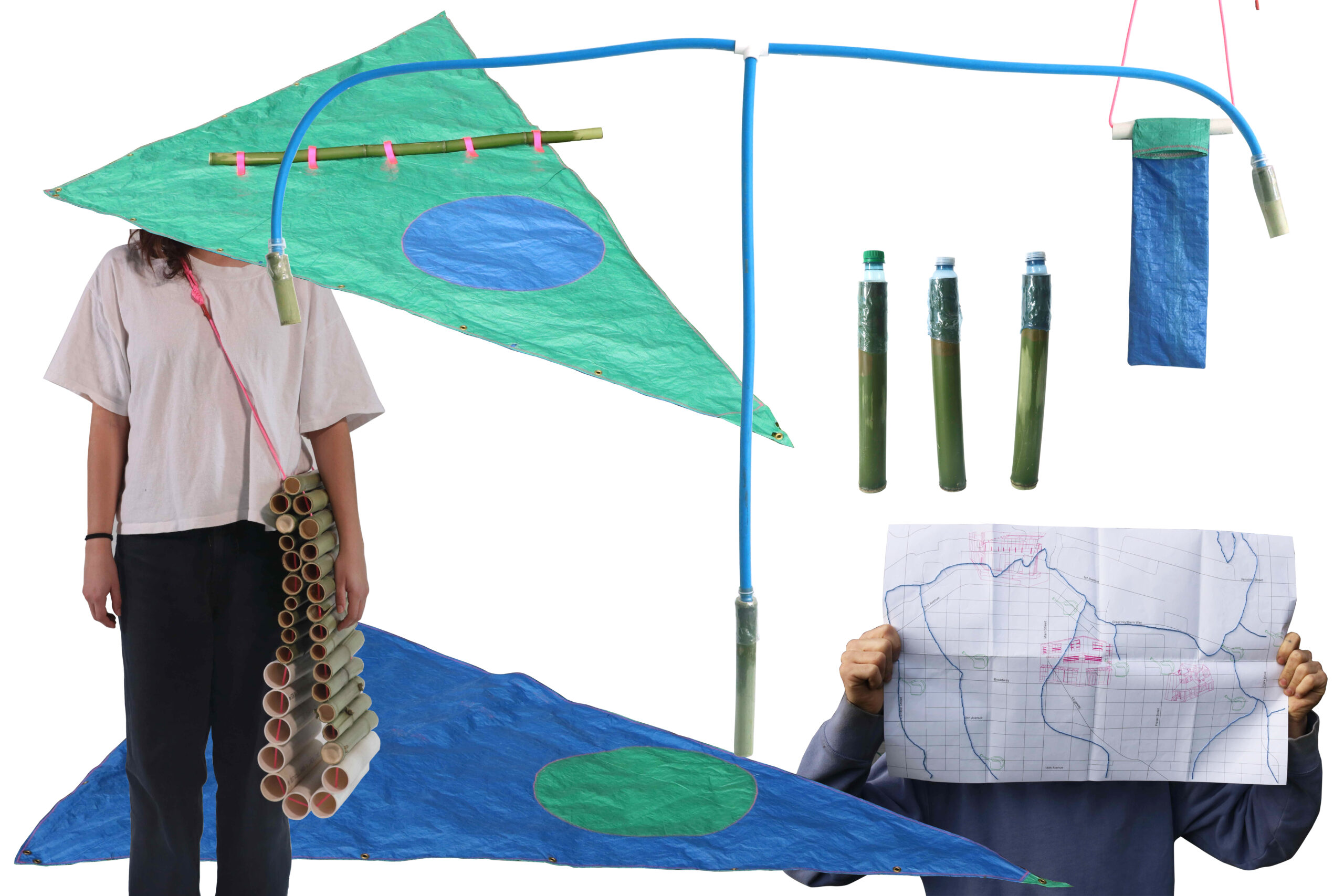
These tools take use of material semiotics and the juxtaposition between natural and manufactured materials that relate to water. Every tool is to be used in collaboration, needing at least 2 people.
There are 2 kinds of tools:
- Mobile space: composed by TARP and MAT.
- Engagement tools: composed by POUCHES, LISTENING DEVICE, and MAP.
TARP
TARP sets the boundary of the space. Like a blanket fort, it invites you in and brings comfort. The bamboo on TARP channels rainwater into a single stream towards the ground. The continuous force of the water erodes the ground, conversing with the power and agency water has; 1 of the core principles of my project.
TARP needs at least 2 people to be set up – speaking to the principle of water as a connector.
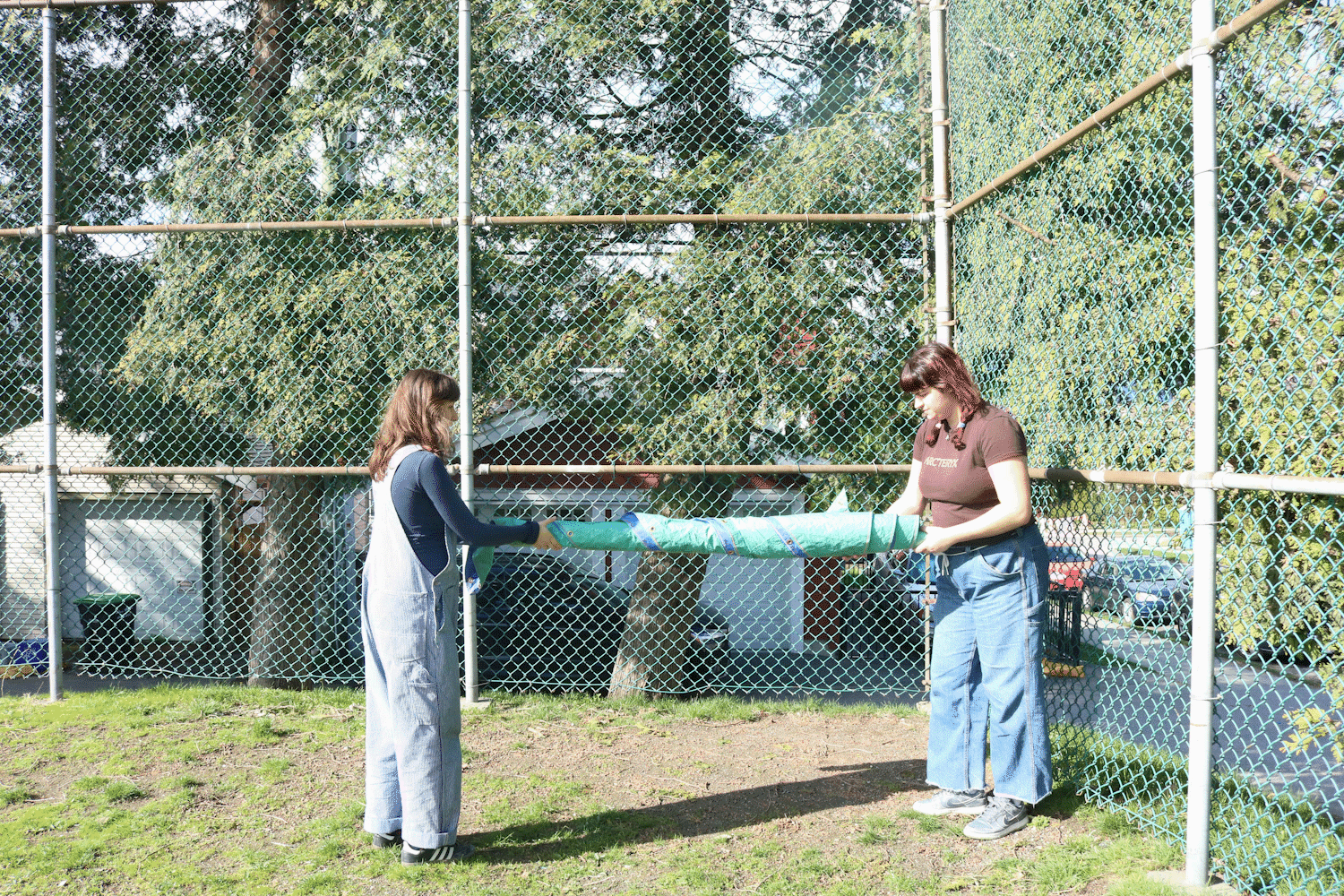
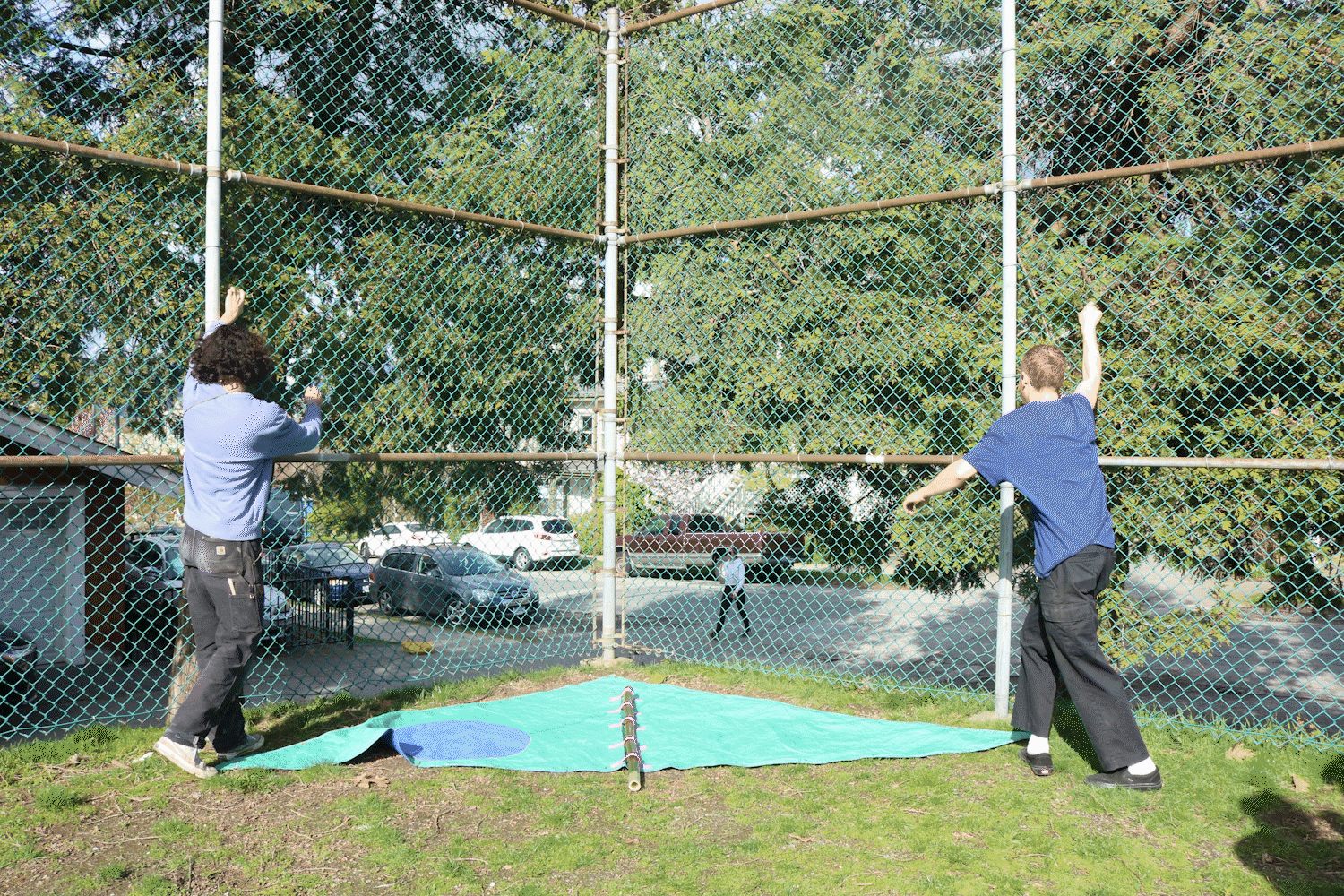
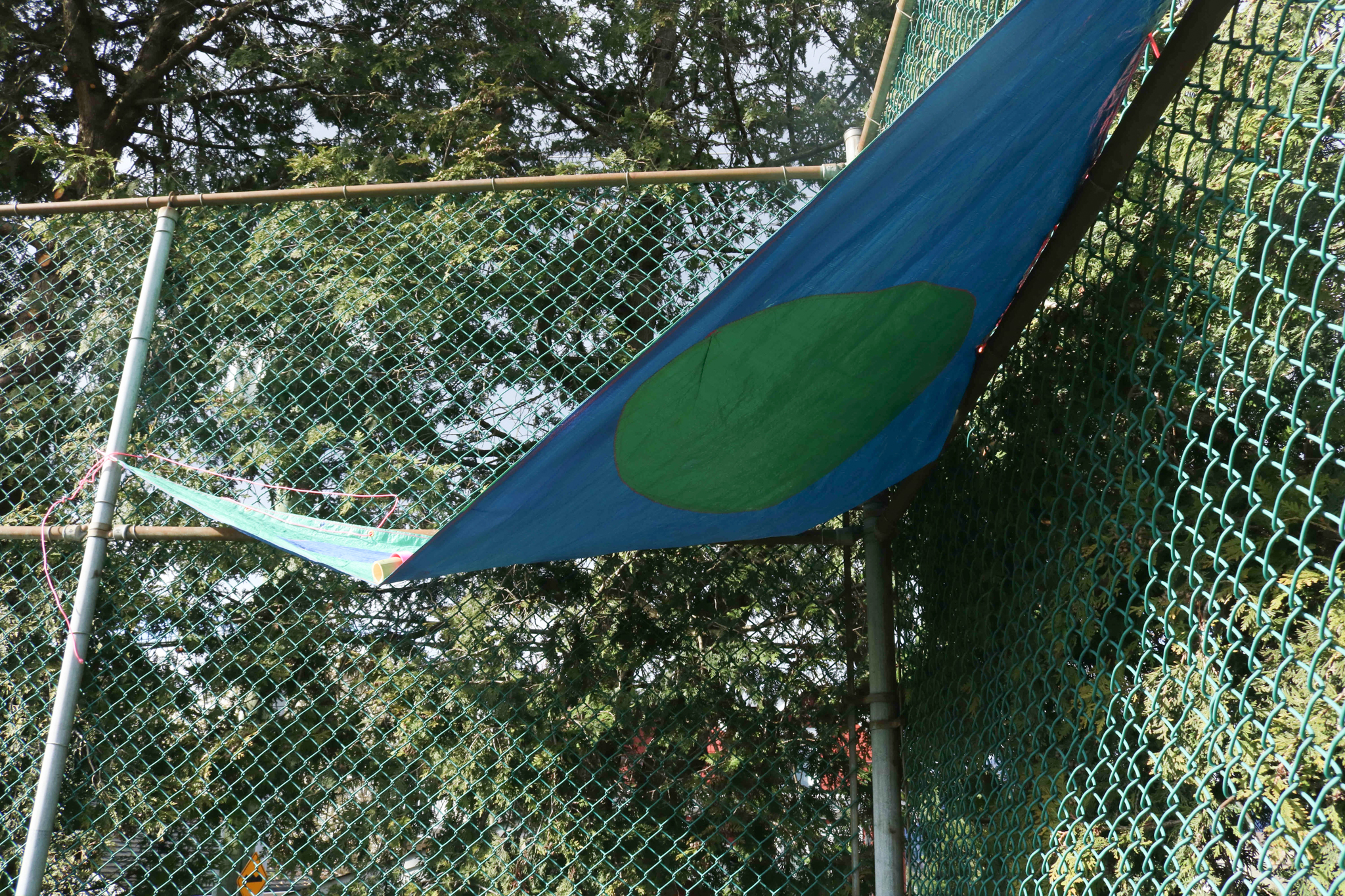
MAT
MAT is a place to sit. Seating invites comfort. People feel welcome to gather and stay. The seating proposed is a MAT, which allows for different configurations, depending on the number of people using it, the surfaces available, and the body positions desired.
MAT converses with the principle of water as a connector.
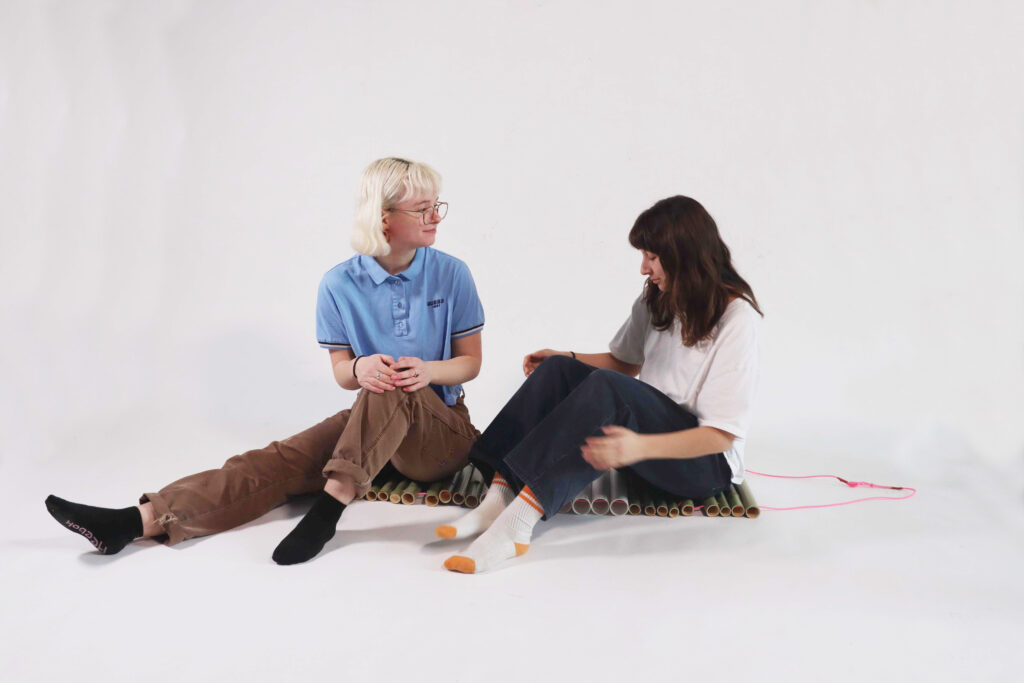
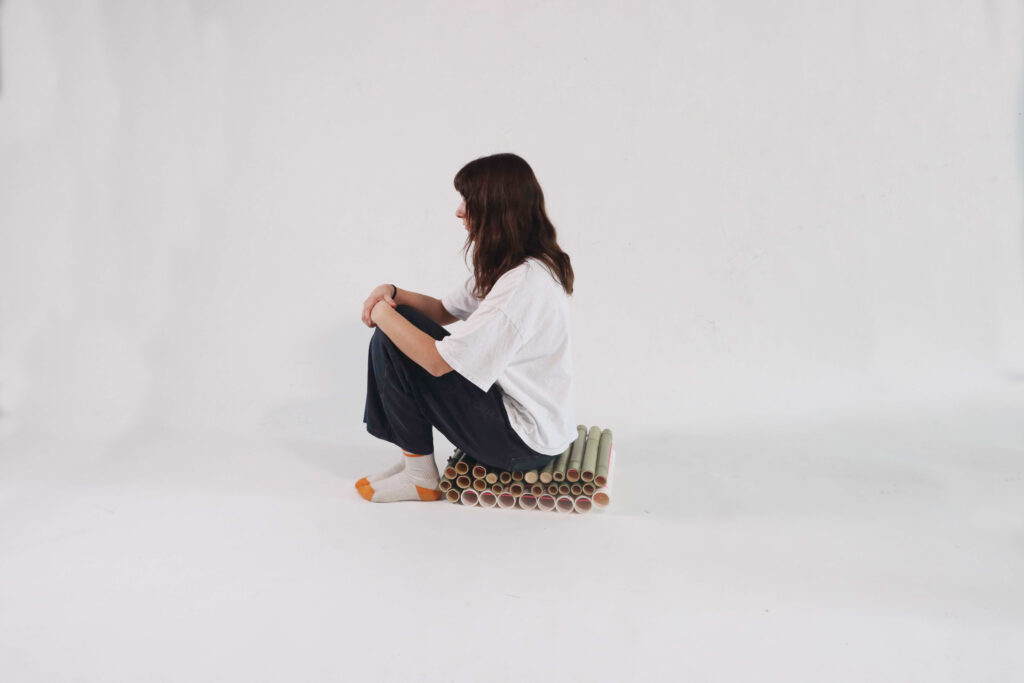
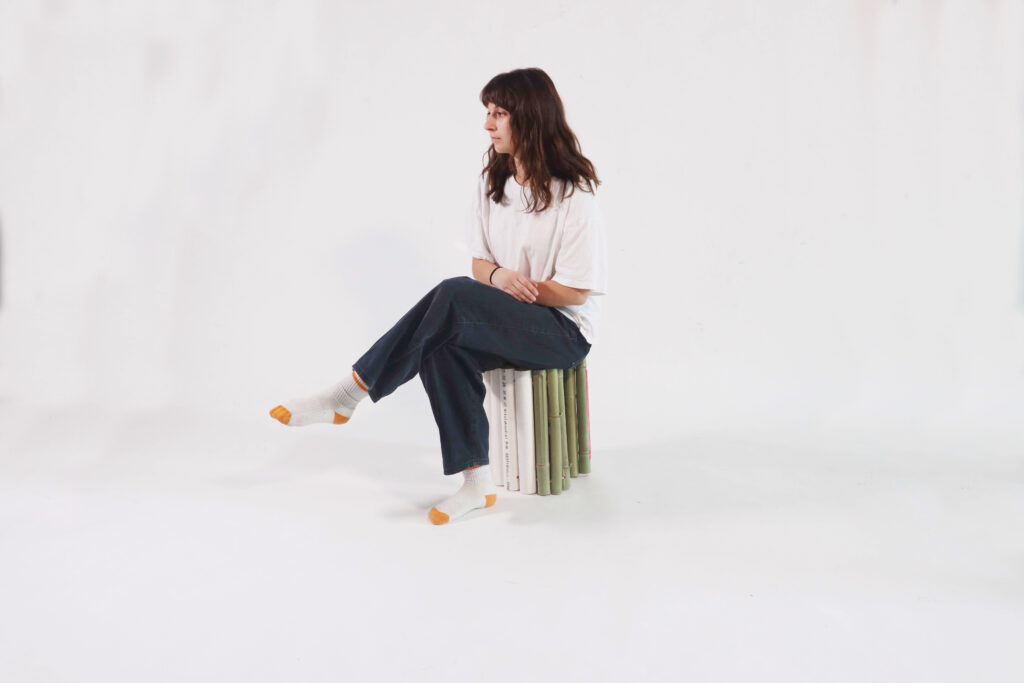
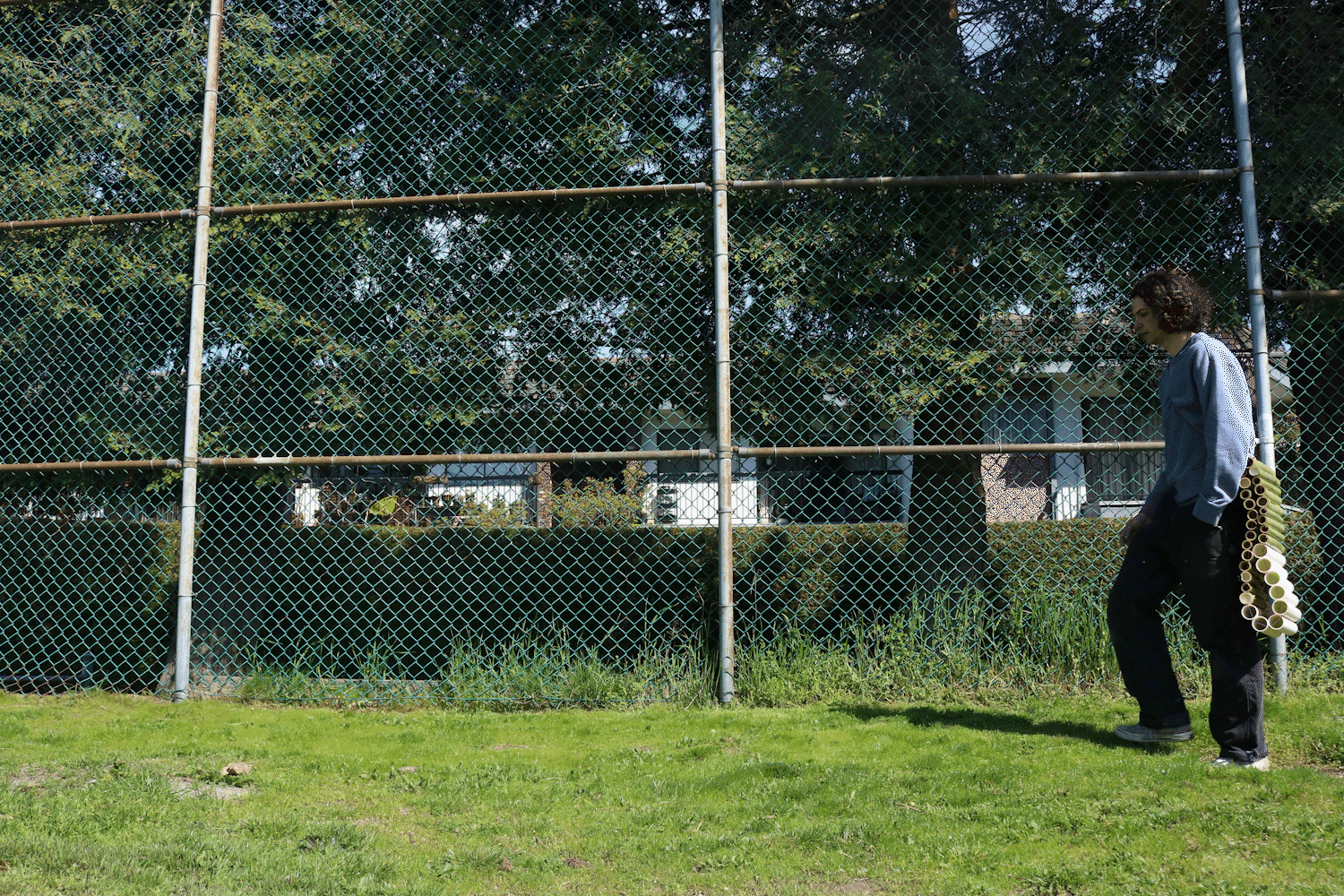
POUCHES
POUCHES function as receptacles for storing and carrying water from place to place. If it’s raining, they can be filled on the stream created by TARP, and if it’s not raining, participants can walk to the nearest public source of water and fill their receptacles.
The POUCHES are all secured around the body using clay notions. POUCHES converse with the principles: water as a right and water as a necessity but not a commodity.
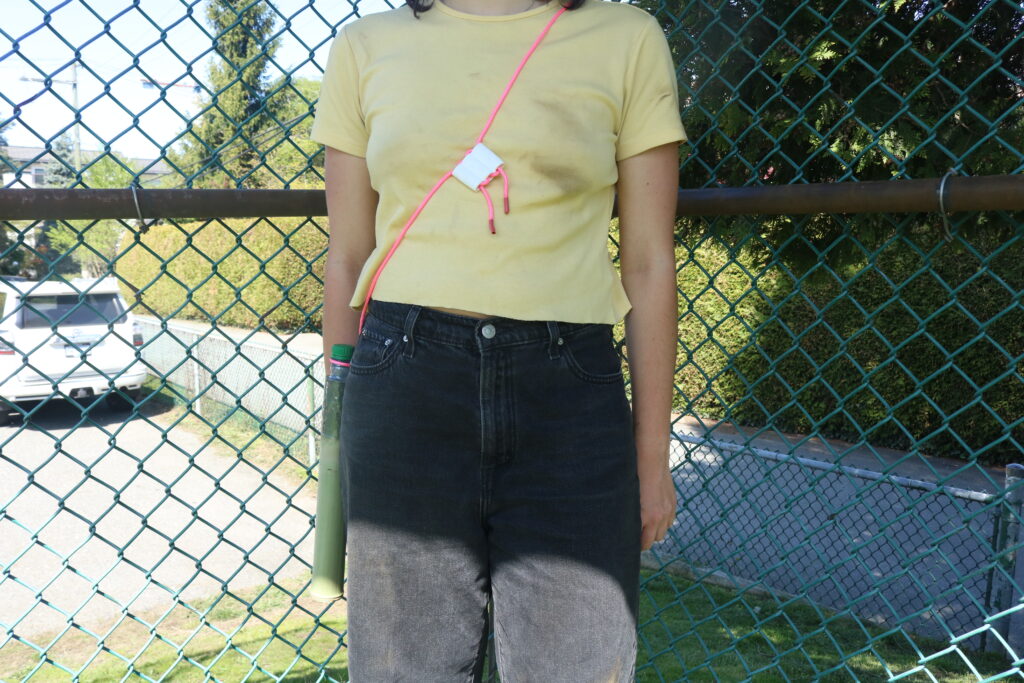
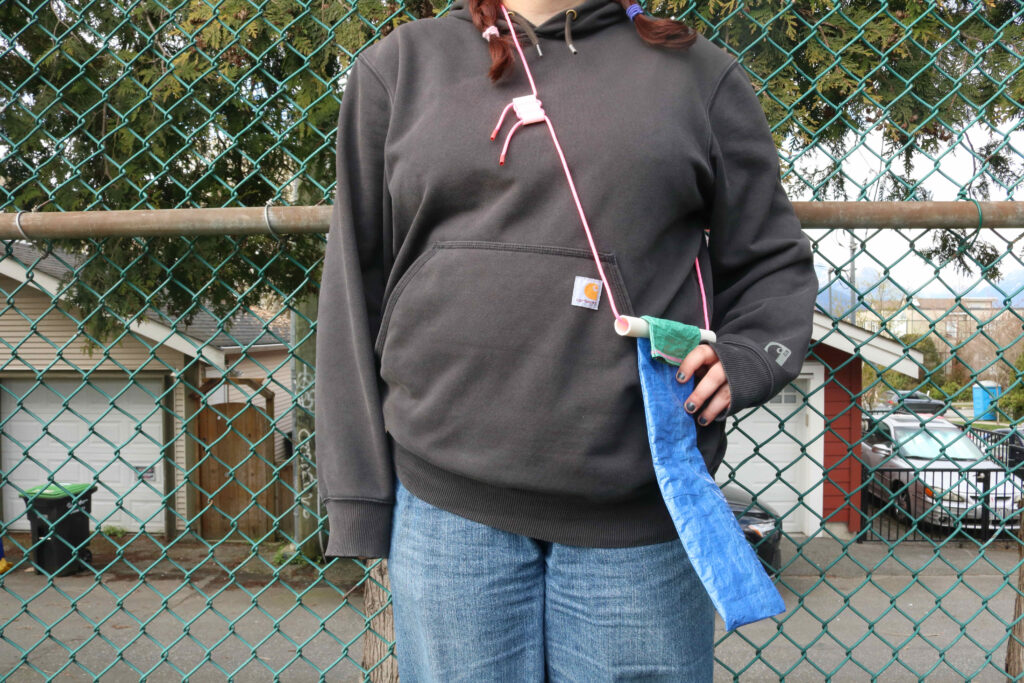
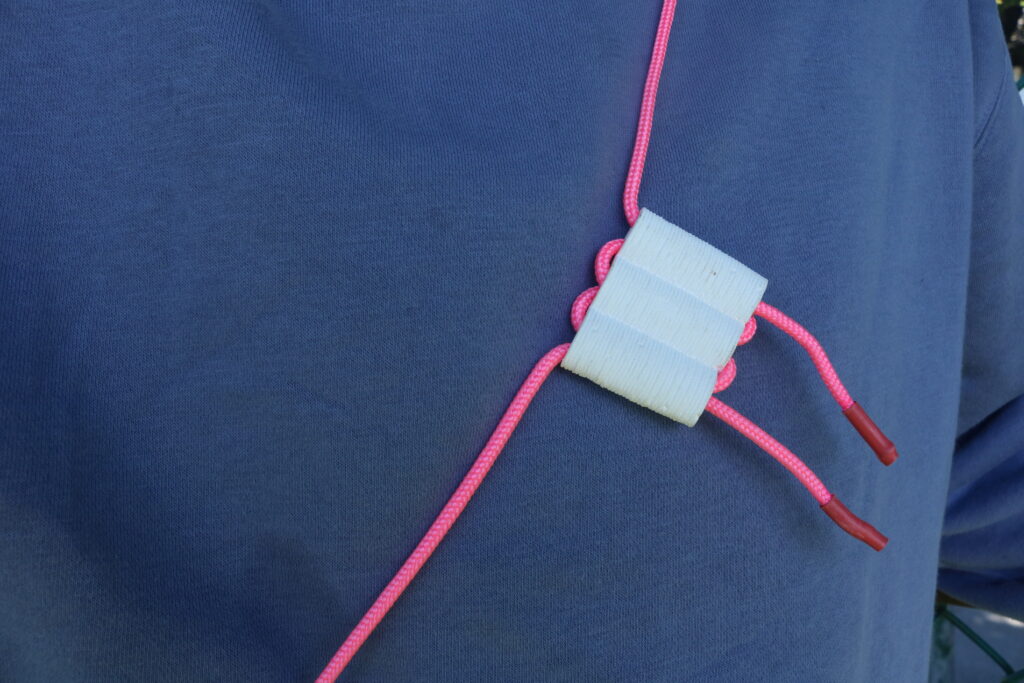

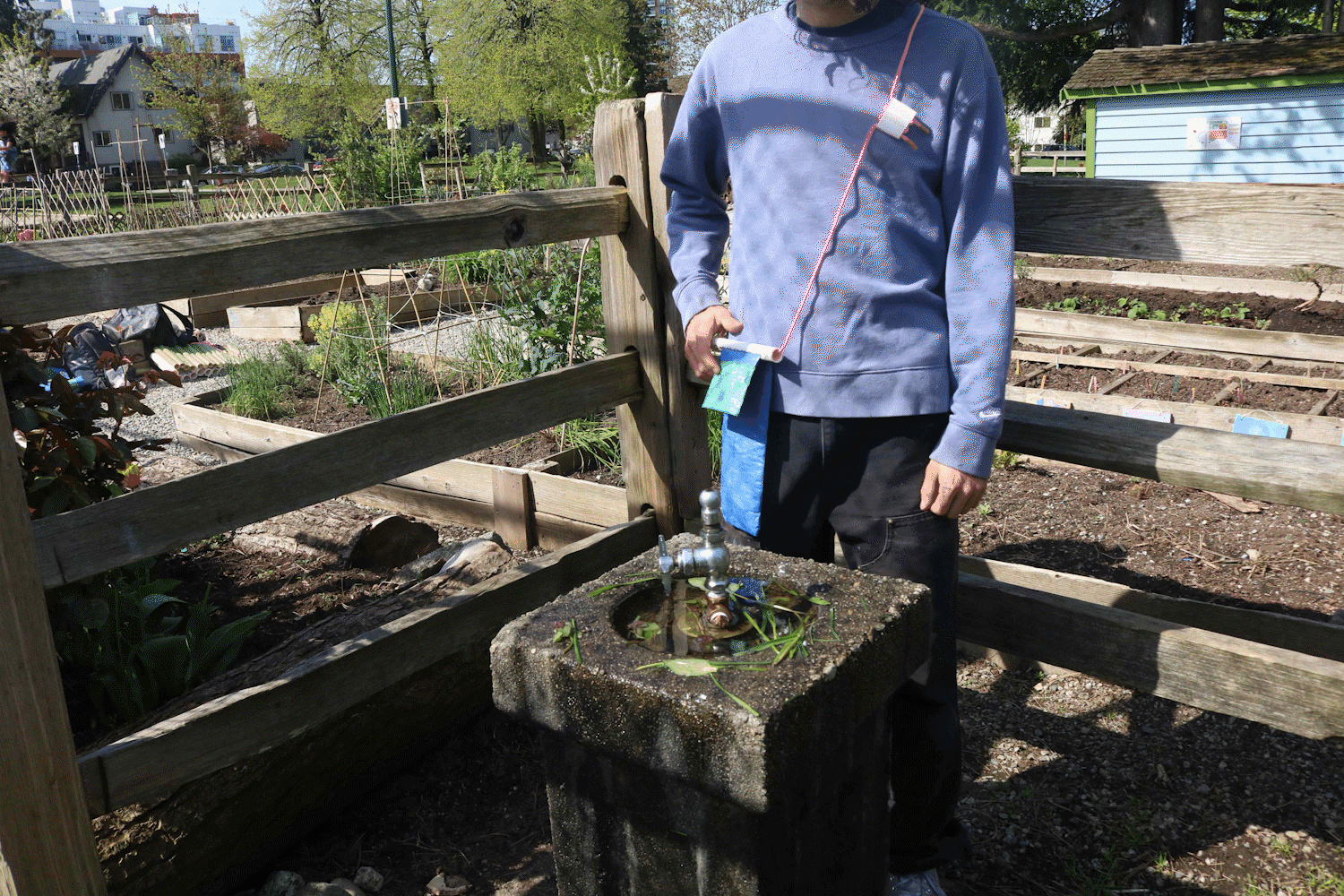
LISTENING DEVICE
LISTENING DEVICE invites people to listen to the invisible rivers running under their feet. As a double-ended “headphone”, it requires 2 people to use it together, conversing with the principle of water as a connector. The couple slowly and attentively walks through the streets, waiting in excitement to encounter the sound of running water.
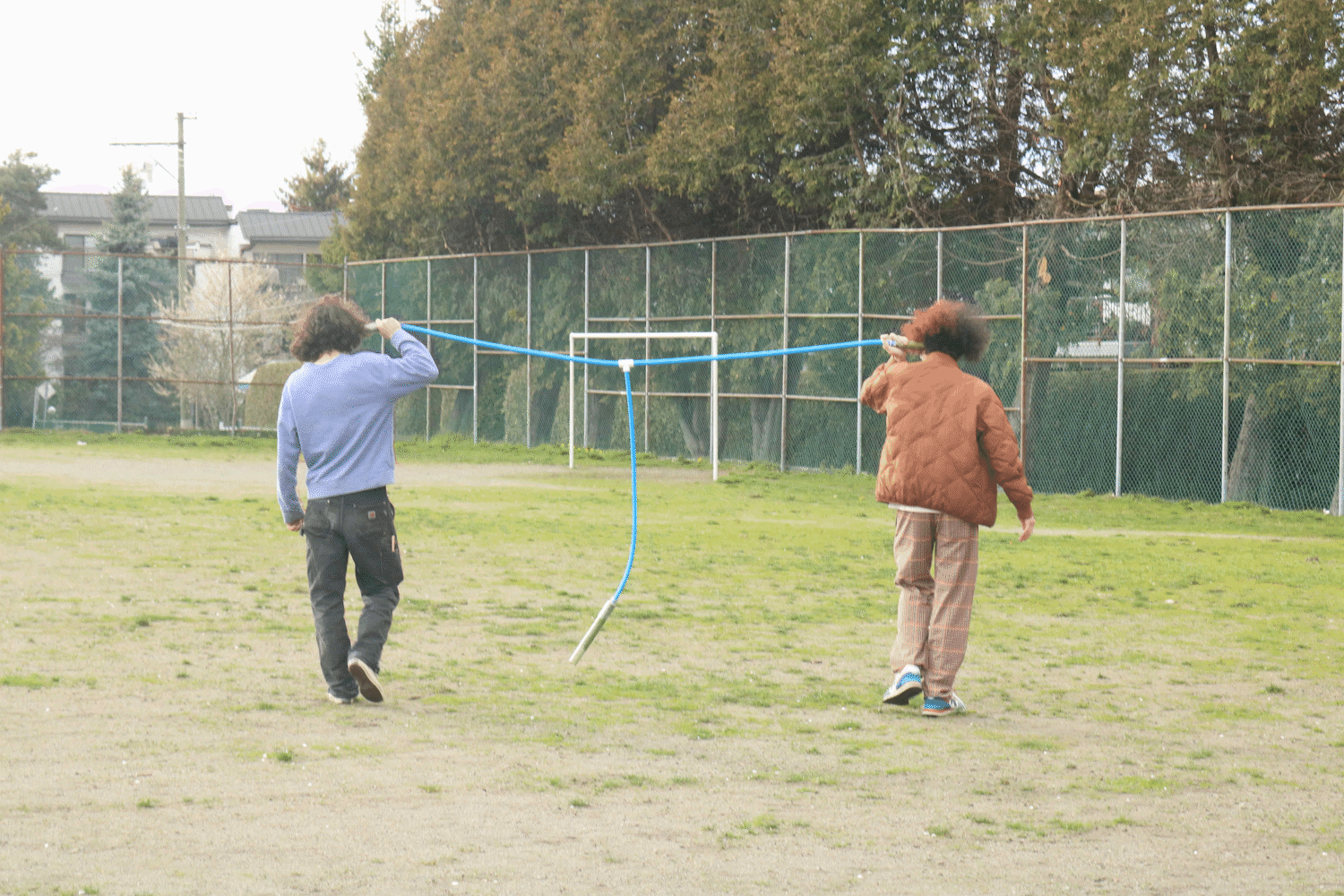
MAP
MAP grounds the kit to the location in which it is happening. It assists participants in the exploration of their surroundings, displaying public access to water – in community centres, neighbourhood houses, and community gardens – as well as the paths rivers used to run through before they were covered and pipelined.
MAP comes with an extra translucent piece of paper to be placed on top of it, allowing participants to add in their personal reflections, curiosities, and discoveries of the area. MAP facilitates connection and demonstrates water’s taken-away power and agency.
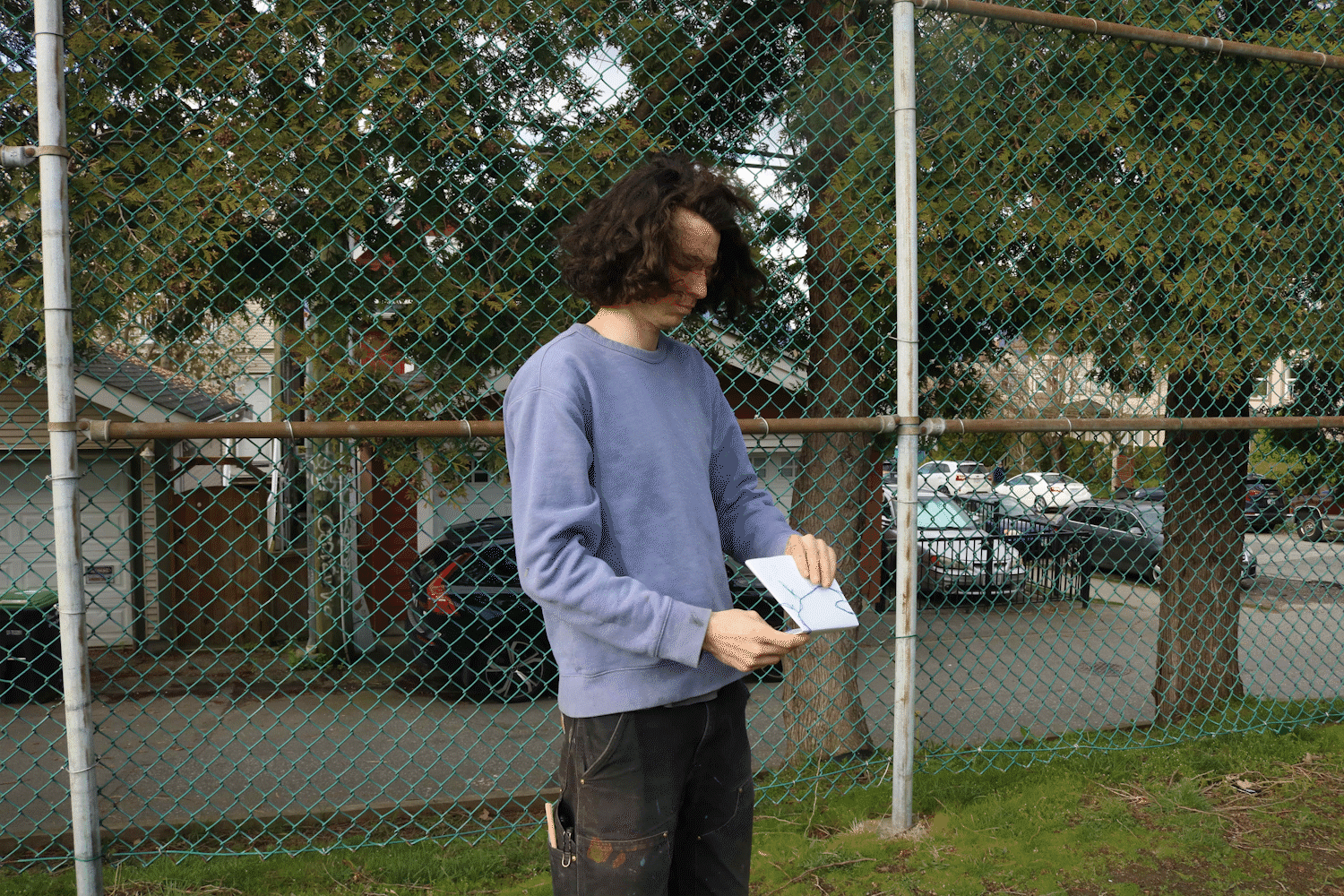
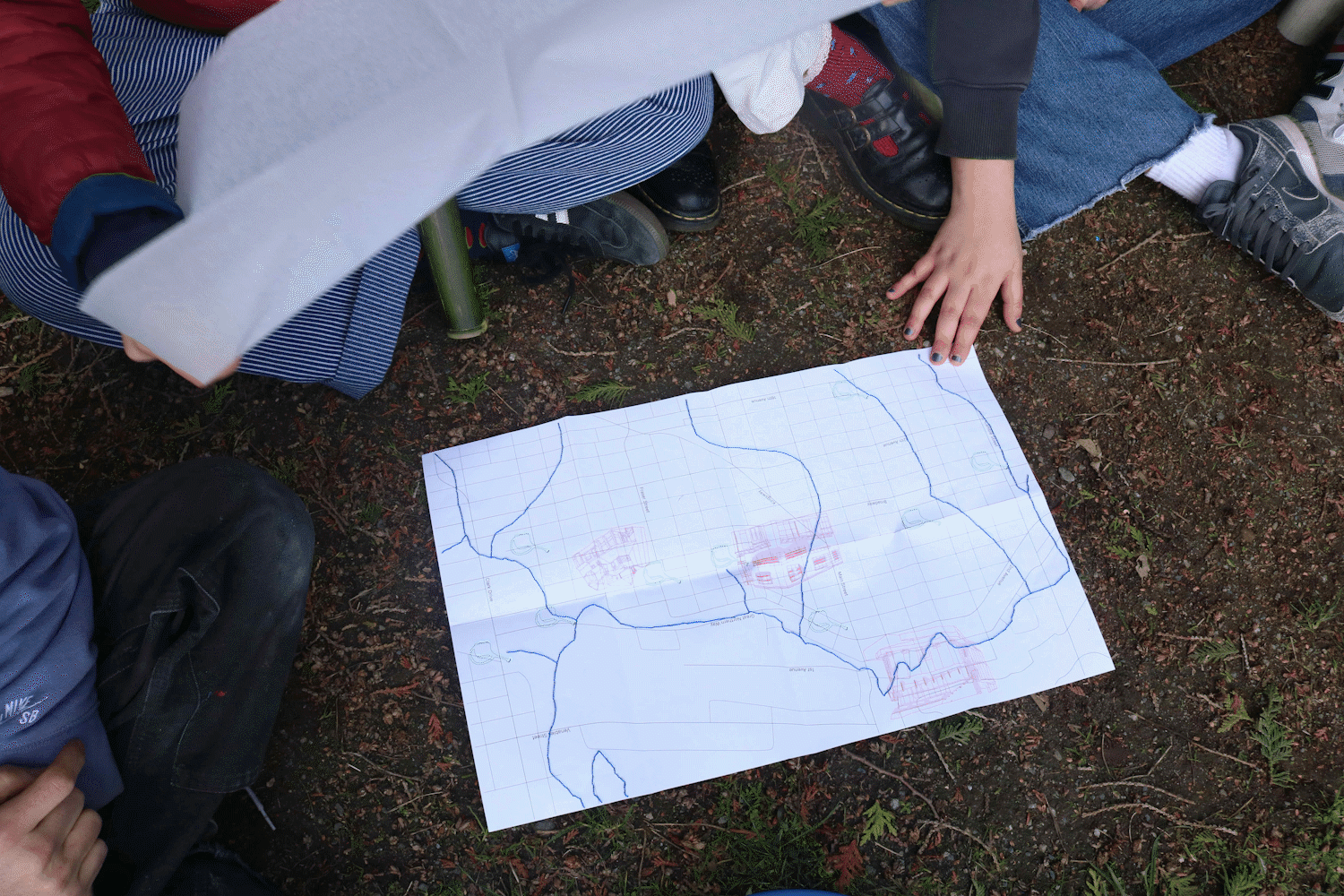
Workshops/database
The tool kit will be used to facilitate workshops. Participants will be prompted with questions/reflections and are expected to engage with the given prompt through the use of the given tools. These workshops will also influence the development of potential new tools.
The aim is to slowly build a database of citizens’ needs, concerns, requests, and outlooks for the changes they want to see in how water is managed and cared for in Vancouver.
The first workshop is a solo-workshop that prompts people to walk through the city and notice water.
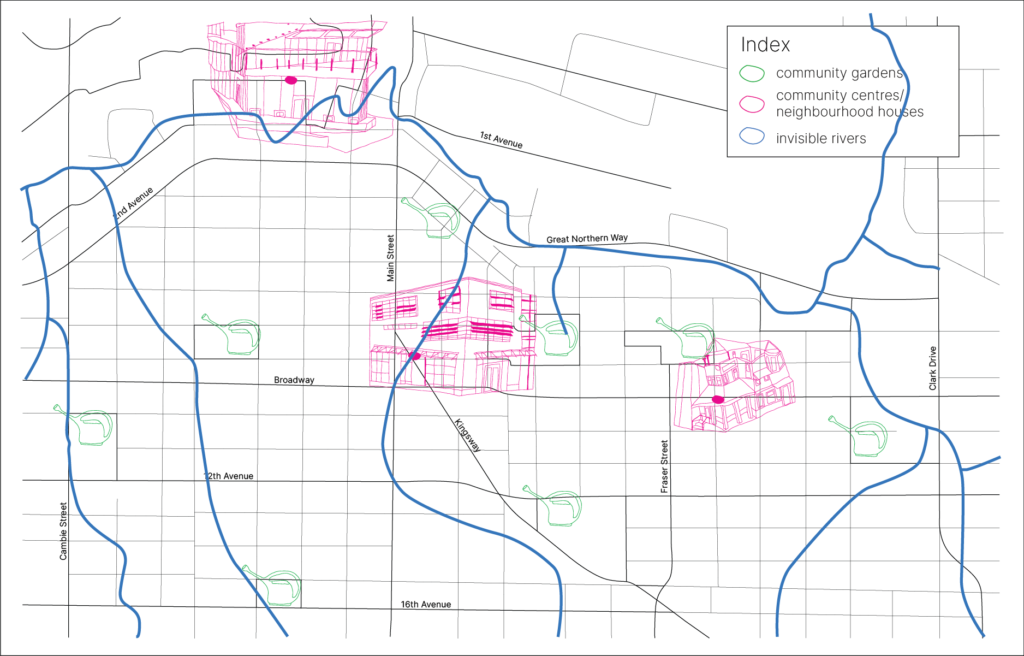
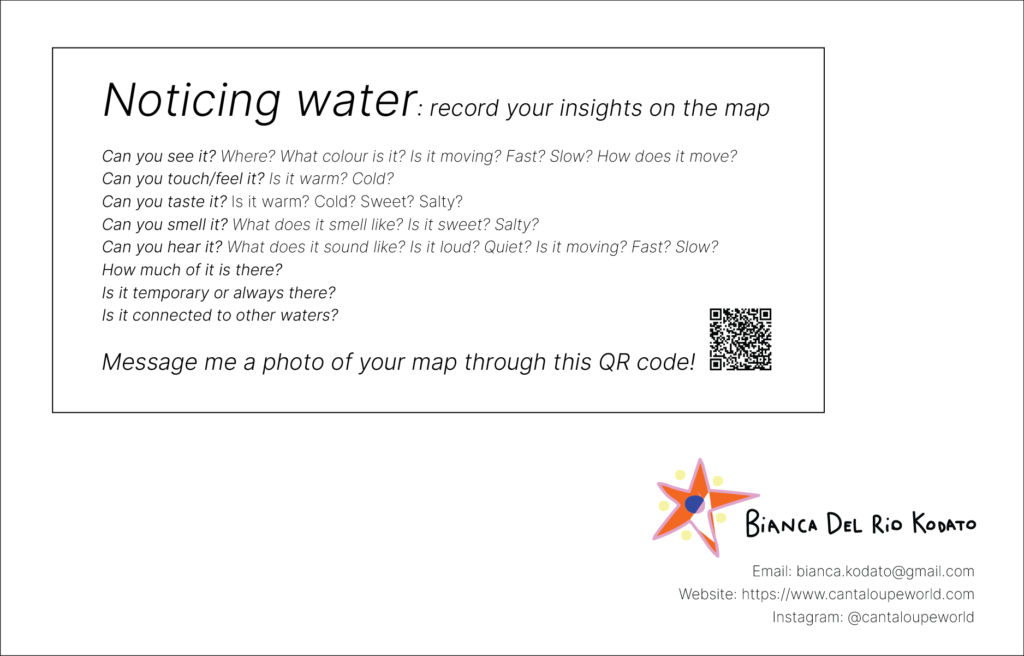
To find out more about my project and/or participate in workshops, check out my website!
